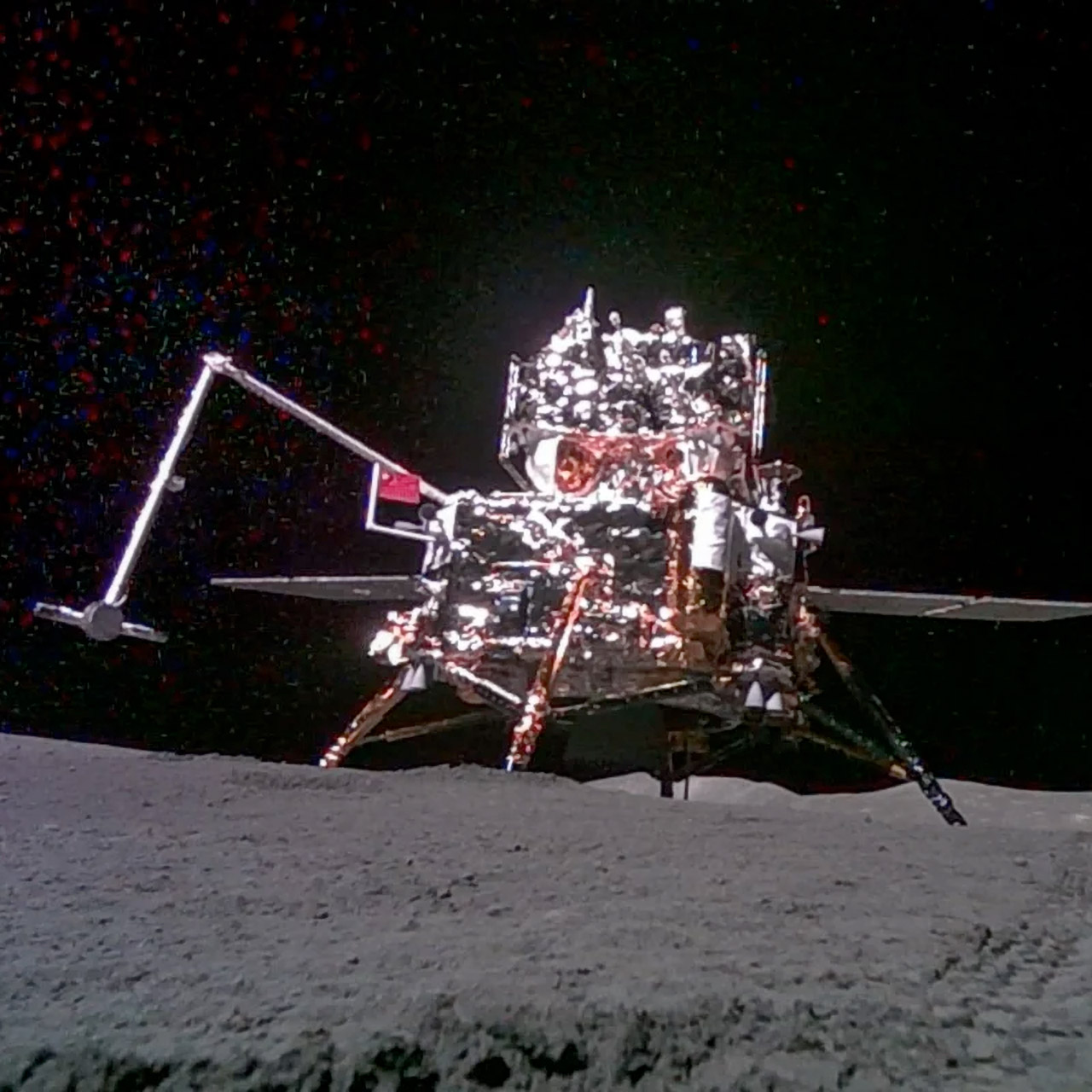
China’s Chang’e-6 rover took an AI-assisted selfie on the Moon’s far side as it collected samples. How so? The 11-pound vehicle is essentially autonomous intelligent mini-robot that utilized algorithms to find the optimal spot on the lunar surface for a photograph of itself.
The mission aims to study the structure, composition, and physical properties of lunar soil. It successfully managed to retrieve rock samples from the far side of the moon, home to numerous craters and limited volcanic activity. Unfortunately, this also causes communication issues for researchers back here on Earth.
- Detailed Lunar Replica - Features a detailed Eagle lunar lander replica with lunar surface, crater, footprints, and U.S. flag for a realistic space...
- Realistic Modular Model - This modular set includes a descent stage with gold-colored landing pads, panels, opening camera, laser hatches, and movable...
- Ascent Stage Interior - The ascent stage boasts a detailed interior with room for 2 astronaut minifigures, finished with an Apollo 11 Lunar Lander...

But other systems on various Chang’e spacecraft, as well as recent lunar probes developed by countries other than China, may have also made use of AI,” said Quentin Parker, an astrophysicist from the University of Hong Kong.










